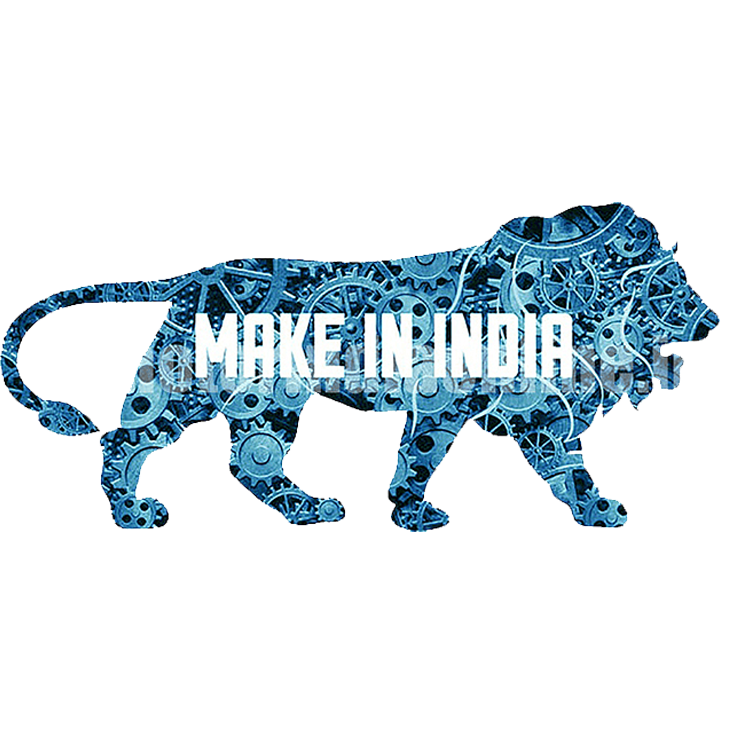


Digital and Smart Infrastructure plays a crucial role in shaping the factories of the future, commonly referred to as "Smart Factories" or "Industry 4.0" facilities. These advanced factories leverage cutting-edge technologies to enhance productivity, efficiency, flexibility, and sustainability. Here’s how digital and smart infrastructure can lay the foundation for the most modern factories:
ENHANCED OPERATION EFFICIENCY
Automated Production Lines: Digital infrastructure enables the automation of production lines using robotics, automated guided vehicles (AGVs), and conveyor systems. This reduces human error, increases throughput, and ensures consistent quality.
Real-Time Data Analytics: By integrating sensors, IoT devices, and data analytics platforms, factories can collect and analyze data in real-time, enabling better decision-making, optimizing workflows, and identifying bottlenecks quickly.
PREDICTIVE MAINTENANCE AND ASSET MANAGEMENT
Condition Monitoring: Smart factories use IoT sensors to continuously monitor the condition of machinery and equipment. This allows for predictive maintenance, where maintenance is performed based on the actual condition of the equipment rather than a set schedule, reducing downtime and extending equipment life.
Asset Tracking: Digital infrastructure can include RFID tags and GPS tracking to monitor the location and status of assets, materials, and finished products throughout the facility, improving inventory management and reducing waste
IMPROVED FLEXIBILITY AND CUSTOMIZATION
Adaptive Manufacturing: Smart factories can quickly adapt to changes in production requirements. Digital infrastructure supports flexible manufacturing processes that can easily switch between different products or customize products on the fly based on customer demand.
Digital Twins: The use of digital twins—virtual replicas of physical assets—enables simulations and testing of different production scenarios, allowing for rapid adjustments to production lines without disrupting actual operations.
ENHANCED QUALITY CONTROL
Automated Quality Inspection: Smart factories utilize machine vision and AI-based inspection systems to automatically detect defects in products in real time, ensuring high quality and reducing the need for manual inspection.
Data-Driven Quality Management: Continuous monitoring and data analytics provide insights into production processes, helping identify the root causes of quality issues and enabling continuous improvement.
INCREASED ENERGY EFFICIENCY AND SUSTAINABILITY
Smart Energy Management: Digital infrastructure allows for the monitoring and optimization of energy consumption across the factory, including HVAC systems, lighting, and machinery, reducing energy costs and environmental impact.
Sustainable Practices: Smart factories can integrate renewable energy sources and implement energy recovery systems. Real-time data on energy use and emissions helps track and improve sustainability metrics.
IMRPOVED SAFETY AND SECURITY
Workplace Safety: Advanced monitoring systems and AI-powered safety analytics help predict and prevent accidents by analyzing data from cameras, sensors, and wearables. Robots and autonomous vehicles can take over dangerous tasks, further improving worker safety.
Cybersecurity: With the increased digitalization of manufacturing processes, smart infrastructure includes robust cybersecurity measures to protect against cyber threats that could disrupt operations or compromise sensitive data.
ENHANCED SUPPLY CHAIN INTEGRATION AND MANAGEMENT
End-to-End Visibility: Smart factories provide real-time visibility into every stage of the supply chain, from raw material procurement to finished product delivery. This improves coordination and reduces lead times.
Just-In-Time Manufacturing: Digital infrastructure supports just-in-time (JIT) manufacturing by ensuring materials and components arrive exactly when needed, minimizing inventory costs and reducing waste.
SCALABILITY AND FUTURE PROOFING
Modular Design: Smart factories are designed with scalability in mind, allowing them to easily expand or modify production capabilities as demand changes or new technologies become available.
Continuous Innovation: The digital backbone of smart factories supports continuous innovation, enabling the integration of new technologies like AI, machine learning, and 5G connectivity to enhance capabilities further.
HUMAN-MACHINE COLLABORATION
Cobots (Collaborative Robots): Smart factories employ collaborative robots (cobots) that work alongside human workers, enhancing productivity while reducing physical strain and improving workplace ergonomics.
Augmented Reality (AR) and Virtual Reality (VR): AR and VR technologies are used for training, maintenance, and remote support, improving skills development and enabling remote experts to assist onsite workers.
ADVANCED PRODUCTION PLANNING AND SCHEDULING
AI-Driven Planning: AI and machine learning algorithms can optimize production schedules based on real-time data, demand forecasts, and resource availability, enhancing efficiency and reducing lead times.
Digital Command Centers: Centralized digital command centers aggregate data from across the factory floor and the supply chain, providing managers with real-time insights to make informed decisions quickly.
INTEGRATION WITH SMART ECOSYSTEMS
Interconnected Systems: Smart factories are part of a broader smart ecosystem that includes smart logistics, smart grids, and smart cities, ensuring seamless integration and communication between different stakeholders.
Cloud and Edge Computing: Leveraging cloud and edge computing enables real-time data processing and analytics at scale, supporting smart factory operations and decision-making
Digital and Smart Infrastructure is foundational for developing the most modern factories of the future. By integrating advanced technologies such as IoT, AI, robotics, and data analytics, smart factories can achieve higher levels of efficiency, flexibility, and sustainability. These capabilities not only enhance production but also provide a competitive advantage in a rapidly evolving industrial landscape. As the demand for more agile, efficient, and sustainable manufacturing processes grows, smart factories will be at the forefront of industrial innovation.